Bali’s architectural heritage is deeply rooted in the Asta Kosala Kosali principles. This traditional framework guides the design of homes and temples, emphasizing harmony and balance that reflect the island’s spiritual beliefs. At the heart of this philosophy lies the Nawa Sanga, a system outlining nine sacred directions that shape the orientation and energy flow within structures. Understanding these guiding principles unlocks a deeper appreciation for the intricate relationship between Balinese architecture, nature, and cultural identity. Delve further to uncover the captivating essence of Balinese design.
Key Points
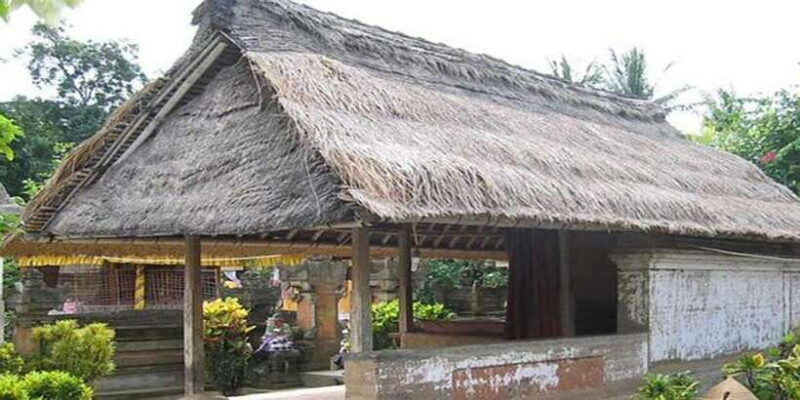
-
Asta Kosala Kosali are the guiding principles for traditional Balinese home and temple design, emphasizing harmony and flow of cosmic energies.
-
Nawa Sanga, the nine sacred directions, influence the orientation and layout of Balinese buildings to harness positive spiritual energies.
-
Traditional Balinese architects, known as undagi, incorporate their spiritual insights and connection to nature into the architectural planning process.
-
Outdoor spaces in Balinese architecture play a crucial role in cultural practices, such as rituals and offerings.
-
Understanding the cultural context and principles of Asta Kosala Kosali enhances the appreciation of Balinese architectural design and its deeper meaning.
Activity Overview and Pricing
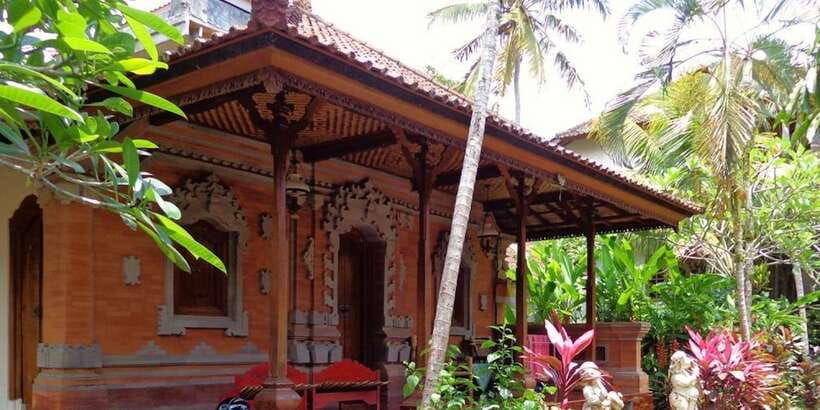
Visitors can explore the essence of Balinese architecture through the Asta Kosala Kosali tour, which is priced at Kč 2,021 per person and lasts for 4 hours.
Guests can enjoy free cancellation up to 24 hours in advance for a full refund. The tour also offers the flexibility of reserve now and pay later, allowing travelers to secure their spot without upfront payment.
This immersive experience provides a deep dive into the spiritual and practical principles governing Balinese architecture, making it a must-do activity for those seeking to understand the heart of Bali’s rich cultural heritage.
Looking for more options in North Kuta Bali? We've reviewed plenty of other experiences.
Tour Itinerary and Highlights
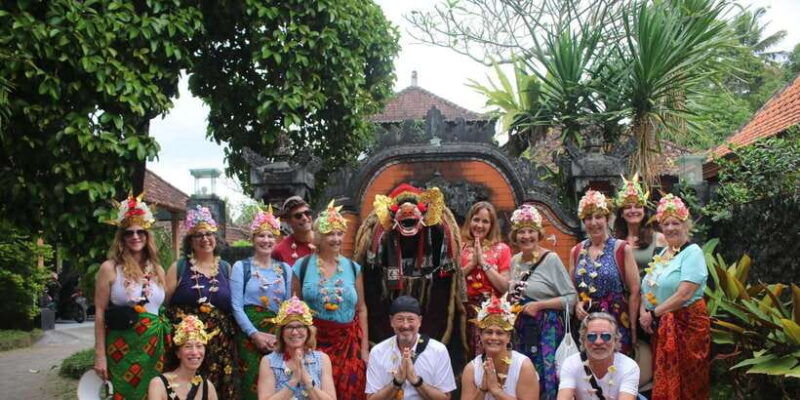
The tour begins at the Taman Anyar – Traditional Balinese House, where guests will have the opportunity to visit a traditional Balinese family compound and a local temple. They’ll learn about Asta Kosala Kosali’s role in Balinese architecture and meet the community or family. Guests can sketch their own Balinese house design and discover Nawa Sanga, the nine sacred directions for home and temple orientation.
| Tour Highlights |
| — | — |
| Visit a traditional Balinese family compound | Learn about Asta Kosala Kosali’s role in Balinese architecture |
| Visit a local temple | Meet the community or family |
| Sketch your own Balinese house design | Discover Nawa Sanga, the nine sacred directions |
Cultural Insights and Architectural Principles
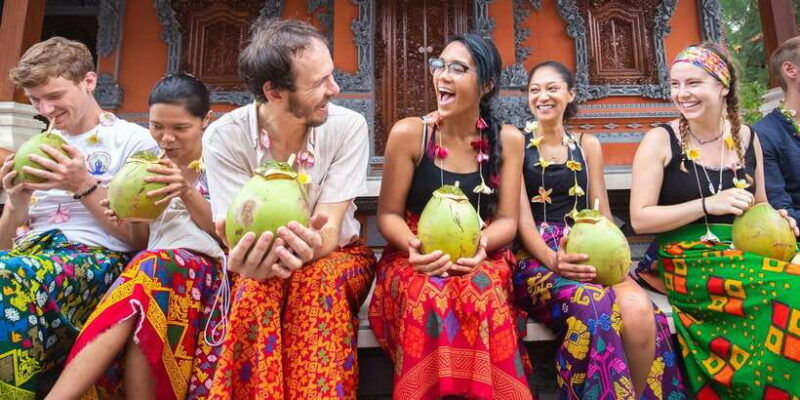
Asta Kosala Kosali, the guiding principles that govern the design and layout of homes and temples in Bali, are rooted in spirituality.
These principles align buildings with the nine sacred directions, known as Nawa Sanga, for harmony and energy flow.
Insights into the undagi, the traditional Balinese architects, reveal their meticulous methods in applying Asta Kosala Kosali.
Outdoor spaces are crucial for rituals and offerings, reflecting the deep connection between Balinese architecture and spirituality.
Understanding these cultural insights and architectural principles provides a deeper appreciation for the essence of Balinese design.
Exploring Taman Anyar – The Traditional Balinese House
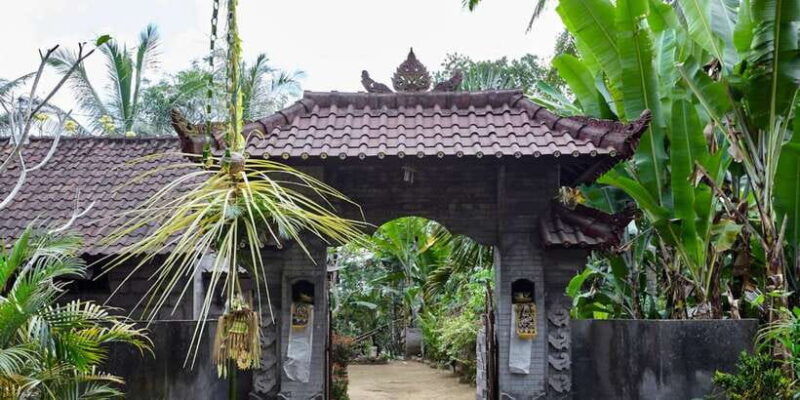
Taman Anyar, a traditional Balinese house, serves as the starting point for this immersive architectural exploration.
Visitors gather here to embark on a journey into the essence of Balinese design. The tour guides share insights into the Asta Kosala Kosali principles that govern the layout and orientation of homes and temples.
Guests learn about the role of the undagi, the traditional Balinese architects, and how their methods are deeply rooted in spirituality.
Exploring the family compound and local temple, participants gain a firsthand understanding of the importance of outdoor spaces for rituals and offerings in Balinese culture.
More Great Tours NearbyDiscovering the Family Compound and Local Temple
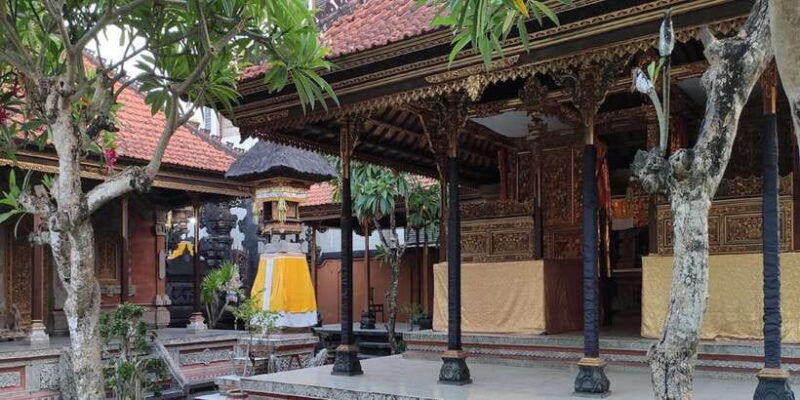
From the starting point at Taman Anyar, the group ventures forth to explore the heart of Balinese architecture – the family compound and local temple.
Venturing from Taman Anyar, the group explores the essence of Balinese architecture – the family compound and local temple.
They visit a traditional Balinese family home, learning how the compound’s layout aligns with Asta Kosala Kosali principles. The guide explains the significance of the nine sacred directions, Nawa Sanga, and how they inform the orientation of buildings for harmony and energy flow.
At the local temple, the group gains insights into the role of outdoor spaces for rituals and offerings, integral to Balinese spiritual practice.
This immersive experience offers a deeper understanding of Balinese architectural traditions.
Understanding Asta Kosala Kosali and Its Role in Balinese Architecture
As the group moves from the family compound and local temple, the focus shifts to understanding the underlying principles of Asta Kosala Kosali and its integral role in Balinese architecture.
This ancient design system governs the layout and orientation of homes and temples, rooted in Balinese spirituality. By aligning buildings with the nine sacred directions, Asta Kosala Kosali ensures harmony and balanced energy flow.
The guide provides insights into the traditional Balinese architects, called undagi, and their meticulous methods.
Outdoor spaces are emphasized for rituals and offerings, reflecting the holistic nature of Balinese architecture.
Sketching Your Own Balinese House Design
After exploring the principles of Asta Kosala Kosali, participants have the opportunity to apply their newfound knowledge and design their own Balinese house.
Guided by the local guide, they’ll sketch the layout and orientation of their ideal Balinese home, incorporating the nine sacred directions of Nawa Sanga.
This hands-on activity allows visitors to understand how traditional Balinese architects, known as undagi, approach home design.
Nawa Sanga – The Nine Sacred Directions for Harmony and Energy Flow
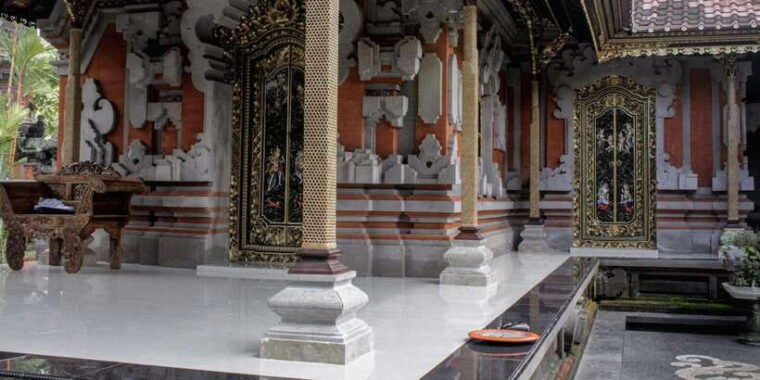
Fundamental to the principles of Asta Kosala Kosali is the Nawa Sanga, the nine sacred directions that guide the orientation and design of Balinese homes and temples.
North, south, east, west, northeast, northwest, southeast, and southwest – each direction is imbued with spiritual significance and energy.
Aligning buildings with these cardinal points creates harmony and balance, ensuring the flow of positive forces.
The undagi, traditional Balinese architects, meticulously plan every detail to harness these cosmic energies.
From the placement of entrances to the configuration of inner courtyards, the Nawa Sanga underpins the essence of Balinese architecture.
The Sum Up
The Asta Kosala Kosali principles offer a profound insight into Bali’s architectural heritage, guiding the design of homes and temples. By understanding the concepts of Nawa Sanga and the harmony between structure, nature, and spirituality, visitors can gain a deeper appreciation for the island’s rich cultural landscape. Exploring these traditional architectural frameworks provides a unique opportunity to connect with Bali’s enduring essence and the timeless wisdom it embodies.
You can check availability for your dates here:More Tour Reviews in North Kuta Bali
Still browsing? Here are more North Kuta Bali experiences we've covered recently
- Ubud : Quad Atv + Rafting
- Bali: ATV, Rafting, and Swing Adventure With Lunch
- Private Balinese Body and Soul Cleansing Journey
- Bali Watersport and Bali Spa,Banana Boat/Jet Sky/Parasailing
- Bali: Asta Kosala Kosali, Essence of Balinese Architecture.
- Ubud: Bali Swing + Atv With Lunch
- The Art of Jamu Experience Workshop
- Making Body Oil Class
- Bali Surf Trip: Surf Balis Best Surf Spots
- Diffuser Making Class
- Making Candle Class
- Bali: Taman Beji Griya Waterfall Purification Ritual
